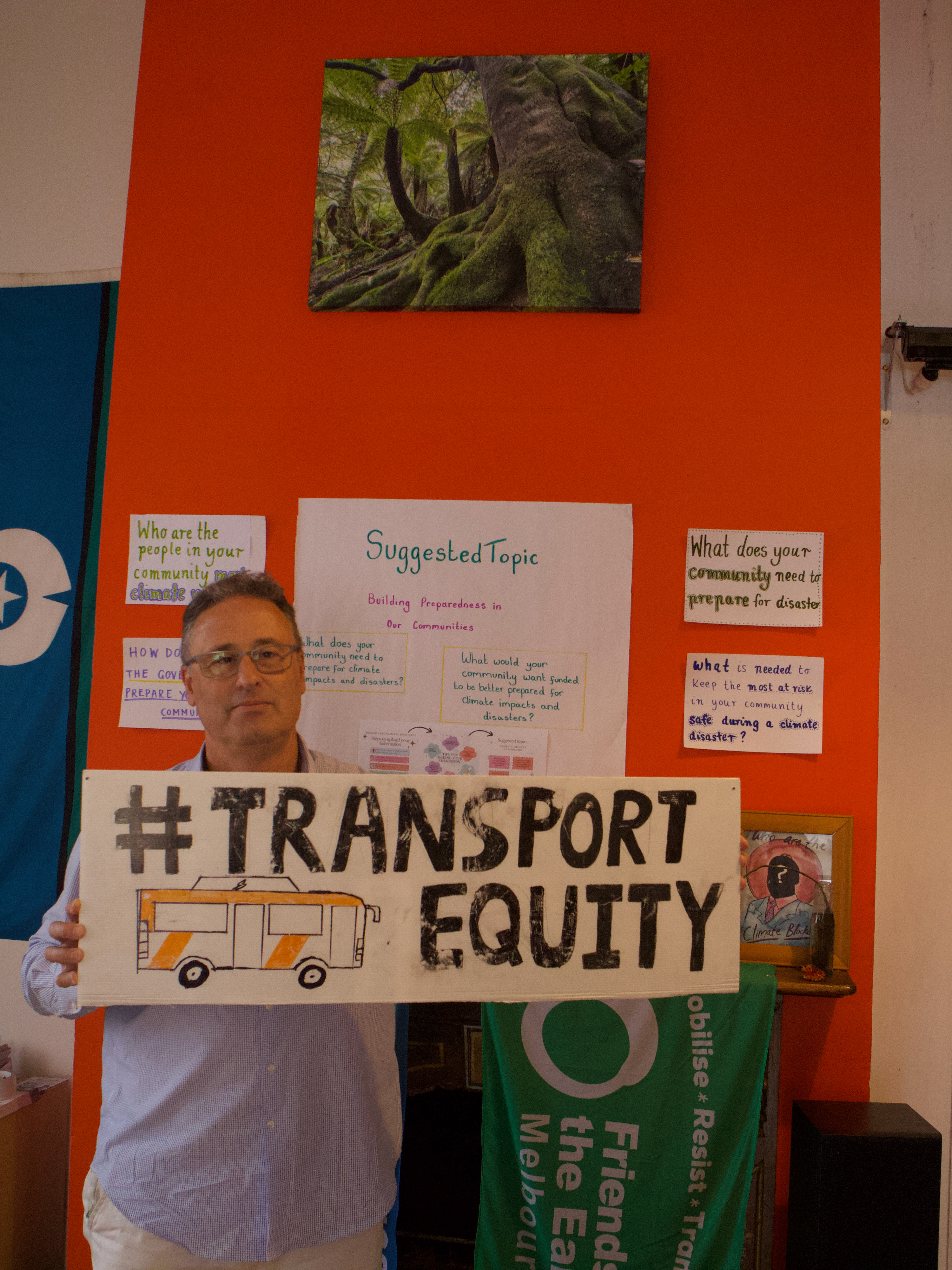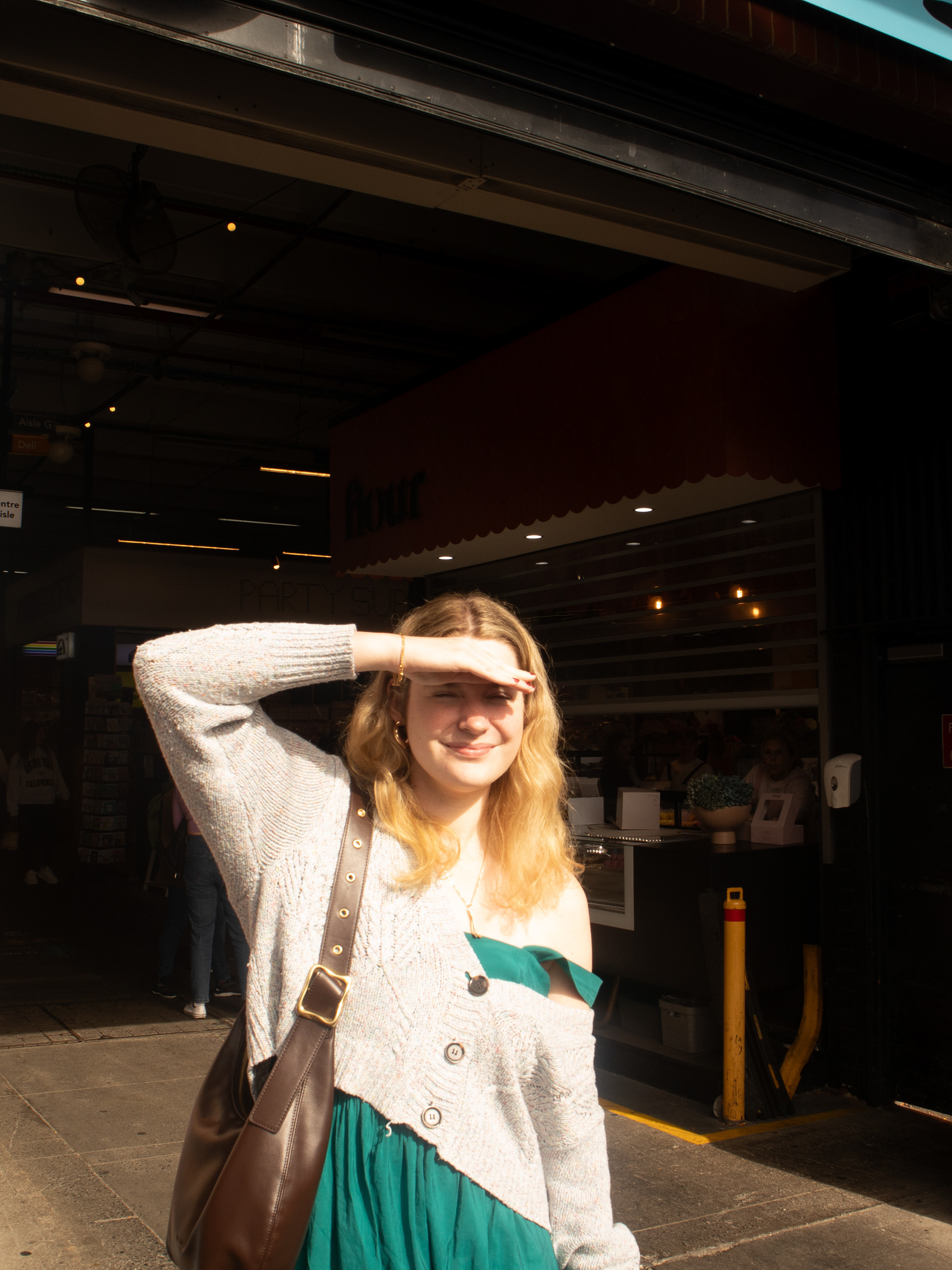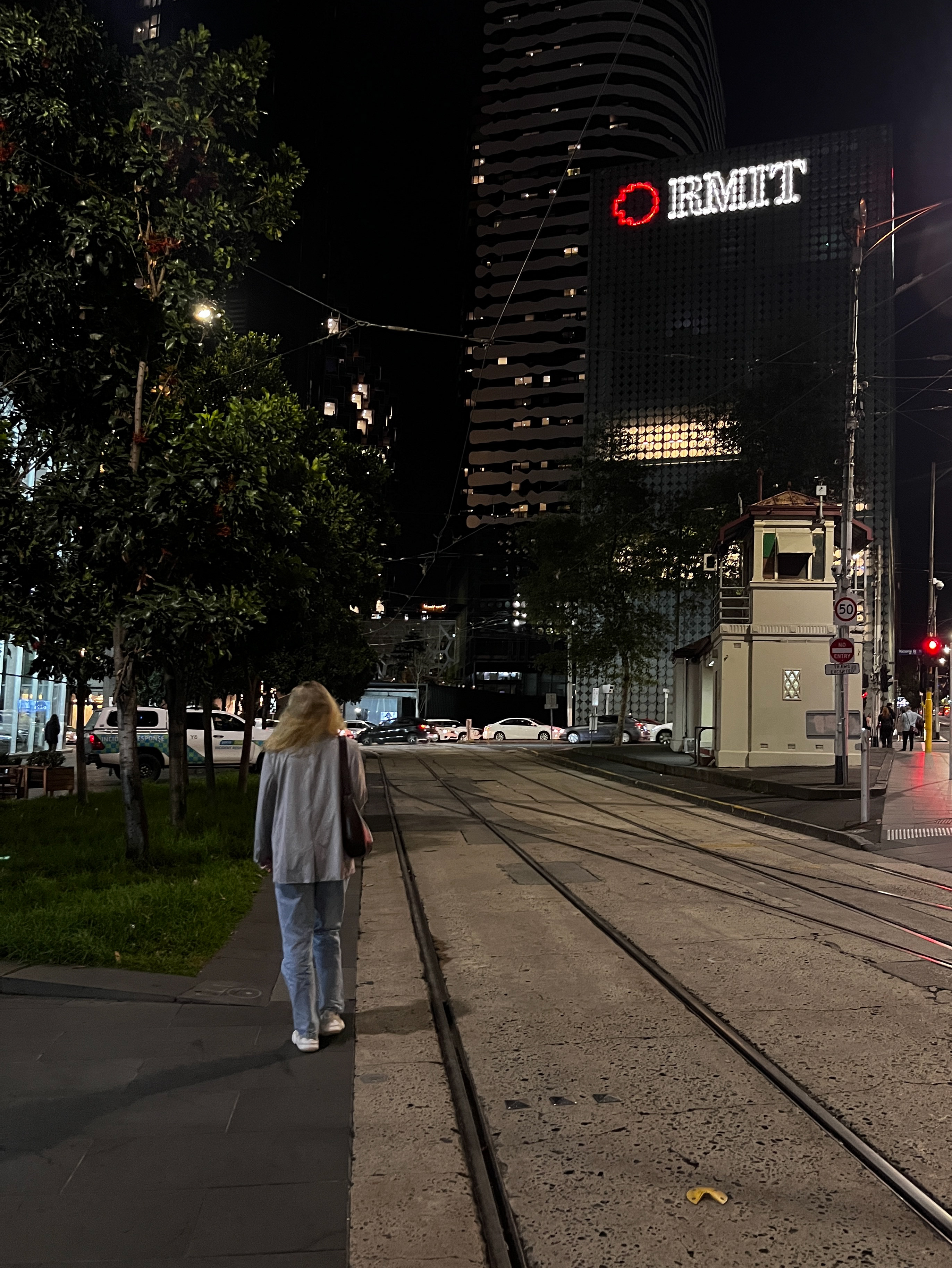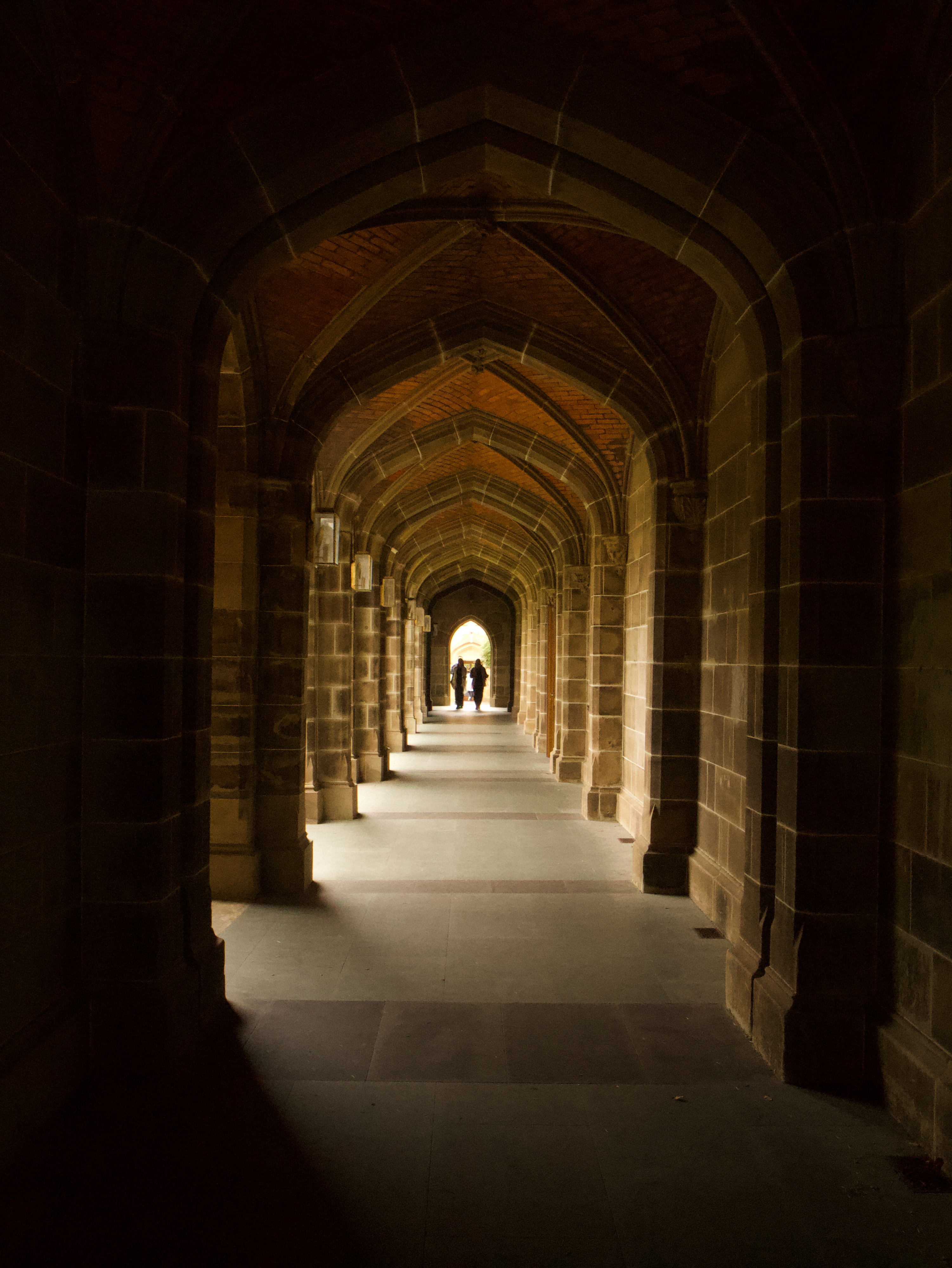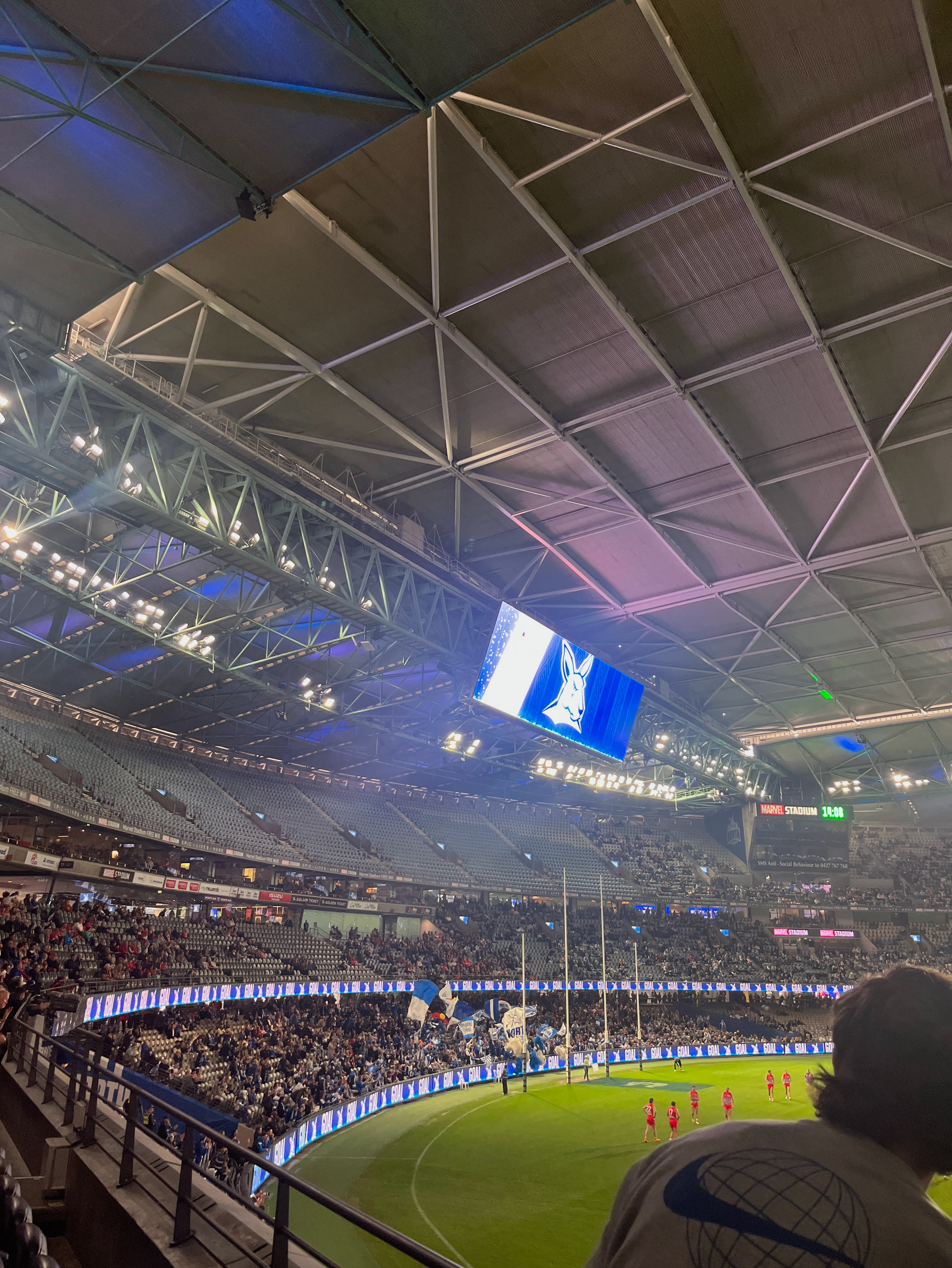Buvini Hewamanne spent two hours every day on the bus to a school approximately 7 kilometres away from her Point Cook home.
Ten years later, she still finds herself waiting 40 minutes for a bus.
“It’s hard, you know, because I'm a busy person. I need to get places and be on time,” Hewamanne said.
This is where the ‘Better Buses for the West’ campaign comes in.
In partnership with the Public Transport Users Association (PTUA), the Sustainable Cities collective led by Friends of the Earth Melbourne is demanding the government to improve bus services for residents like Hewamanne in Melbourne’s west.
David Robertson, who has been part of PTUA since 1996, said people will use the bus if the government can run a good system that’s frequent, reliable, clean, and safe.
Hewamanne drives to her nearest train station because it takes 5 minutes to get there, whereas a bus would take 30 minutes.
“I definitely would take the bus more if I didn’t have to wait 40 minutes for the next bus,” she said.
“It would be the most stressful part of my day when I should leave the stress for work,” said Hewamanne. Photo: Afia Khan
Since 2021, the Melbourne-based collective has been organising meetings, petitions, and forums for the community in the west to share their stories and demand action from decision makers.
Elyse Cunningham, the ‘Sustainable Cities’ collective coordinator, believes storytelling is crucial for the campaign’s success.
“Any good campaign is really based on relationships with the people who are the most affected by the issue,” said Cunningham.
The campaign addresses those impacted by the broken bus network to share those experiences and vent those frustrations.
"Prior to joining the campaign, I didn't really think about the political elements to public transport and how it interplays with equity in our society," said Cunningham.
Cunningham grew up in an area with minimal public transport.
“It was pretty standard for everyone to get their license at age 16 and start driving,” she said.
Drawing from her own experiences, she hopes the campaign allows the community to connect over their experiences with the bus network.
“This is an issue that we can actually take ownership of,” she said, “something we can go to our local MP about and demand more of.”
“I don’t think it’s something that I’m ever going to not care about,” said Elyse Cunningham. Photo: Afia Khan
Carbon emissions and its impacts on the environment have been a real concern for Hewamanne.
“For a long time, I actually didn't want to get my license because I didn't want to contribute in my own way to global warming,” she said.
Greens MP Bernadette Thomas is a councillor for Maribyrnong City Council. Through her role, she advocates for climate change and sustainable transport.
“By not investing in buses, there's a missed opportunity there to meet climate emissions reduction targets,” she said.
Thomas has been involved in the ‘Better Buses’ campaign for many years. At community events, she has heard stories from people in the community about spending 80 to 100 dollars on Ubers to their nearest train station.
“They should be just spending their daily $10 Myki to get the bus from home to the station to get to work.”
Thomas also pointed out the economic inequity of public transport in the west.
“The balance is completely out of work,” she said, “You've got to have three cars in the household and everyone's spending all this money.”
In 2022, Victoria produced a total of 84.7151 metric tonnes of carbon dioxide emissions (mT CO2-e). The energy sector contributed more than 90%. Fuel combustion is included in this sector.
The state is aiming to reach net-zero carbon emissions by 2045.
To meet this, the government will roll out zero emission buses (ZEBs) from 2025.
Between 2019 and 2022, the state government introduced 50 hybrid technology buses across routes in Wyndham, Oakleigh, and Sunshine.
Serviced by CDC Victoria, the buses reduced fuel use by over 826,000 litres and over 2,000 tonnes of greenhouse emissions.
Thomas thinks the hybrid bus fleet is a positive climate emergency response and says every new bus should be an electric bus.
“Expanding the bus fleet so we can have more services to people is really what's needed,” she said, “That technology exists, it's not a mystery anymore.”
Hewamanne believes Wyndham doesn’t have the public transport to support people. “It’s such a travesty,” she said.
In 1999, the Victorian Department of Infrastructure predicted that Wyndham’s population of 80,645 would reach 132,223 in 2021.
In 2023, Wyndham recorded a population of 324,087 residents.
Wyndham is historically known for recording some of the highest population growth rates in Australia.
Located between 12 and 45 km south-west from the CBD, Wyndham is known for its availability of relatively affordable family housing.
Hewamanne says Wyndham is definitely building up since moving to the area in 2014. “I see a lot more new houses and more people,” she said.
The demand for frequent bus services started back in the late 2000s, around the time when the region consistently recorded some of the highest population growth rates in Australia.
In 2012, the state member for Tarneit Tim Pallas demanded Wyndham’s public transport be made a priority in the 2012-13 state budget.
'Insufficient public transport is becoming an increasing issue for people in our community, particularly the long waits between bus services, and the lack of connection between buses and trains.' Pallas in a media release from 2012.
Two years later, Pallas became the Treasurer for Victoria and continues to still be in office.
Organisations such as the Royal Automotive Club of Victoria (RACV) have said bus services in Wyndham require urgent improvements to increase its services and operational hours.
Released in 2008, their ‘Outer Melbourne’ report included how Wyndham’s proximity to Melbourne, Geelong, airports and seaports made the area economically well-placed.
The RACV predicted Wyndham’s population would reach 206,050 by 2030, with the region recording 123,163 residents during that time.
A Myki full fare for one adult costs $10.60 a day. Photo: Afia Khan.
In 2022, the Melbourne Centre for Cities at the University of Melbourne published a research report on improving transport in Melbourne’s west through a complete ‘clean-slate’ redesign of bus services.
Dr John Stone, a Senior Lecturer in Transport Planning at the University of Melbourne, co- wrote the ‘Better Buses for Melbourne’s West’ briefing paper with his colleague Iain Lawrie.
“My job is to use my expertise to promote climate justice and the suburbs of Melbourne are where we need it most,” he said.
To make sure future planners know the whole of Melbourne, Stone regularly takes his students to the west.
“For a lot of Melbourne Uni students, it’s a bit of a shock to them,” he said, “When you take them to Williams Landing on a winter morning they go, ‘Where am I?’”
Located approximately 25 kilometres south-west of the Parkville campus, the journey to Williams Landing station would take around 40 minutes during peak hour.
Stone believes the frequency of bus services is not meeting the current population. “It’s not growing at the same rate,” he said.
The Sustainable Cities collective is working to secure more funding for the campaign. Photo: Afia Khan
Councillor Bernadette Thomas says it is really important for transport infrastructure to be factored in during urban planning for growing cities like Wyndham.
“It takes a long time to get them planned from start to finish,” she said.
The ‘Sustainable Cities’ collective is mainly speaking to the Minister for Public and Active Transport, who has been Gabrielle Williams since October 2023.
They believe Williams should give the Department of Transport and Planning direction and work with them on some substantial reforms and improvement.
In April, the Allan government announced that it will spend nearly $62 million towards establishing a new bus route between Wyndham Vale station and the Harpley and Cornerstone estates in Werribee, as well as a new fixed route service between Tarneit and Laverton North.
A month later, Williams announced that Wyndham will benefit from the new and improved bus routes funded by the Growth Areas Infrastructure Contribution (GAIC) fund.
“These service improvements are another example of how Victoria’s Bus Plan is delivering a new bus network that makes travelling by bus easier and more convenient,” the Minister for Public and Active Transport said in a press release.
No other announcements have been made since.

